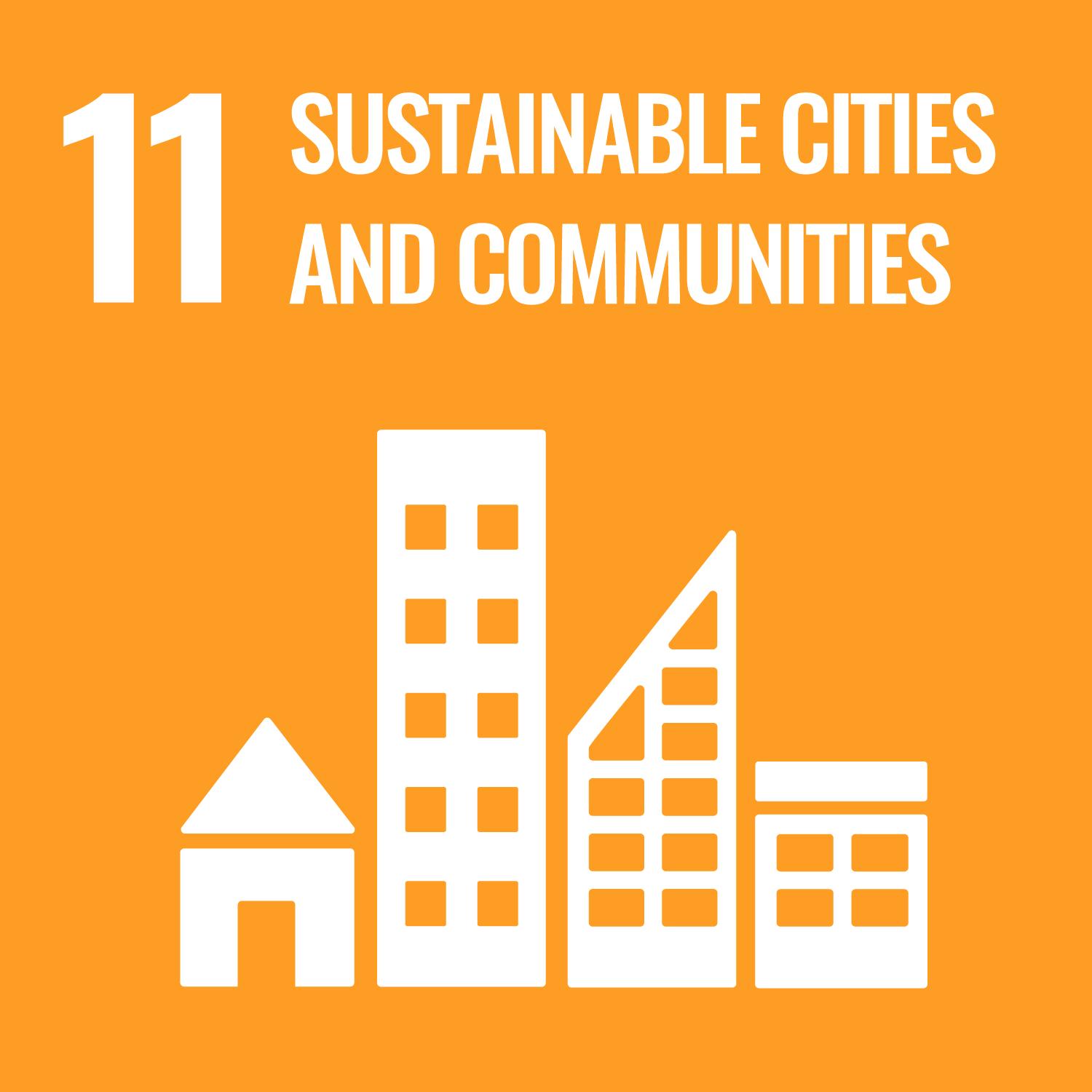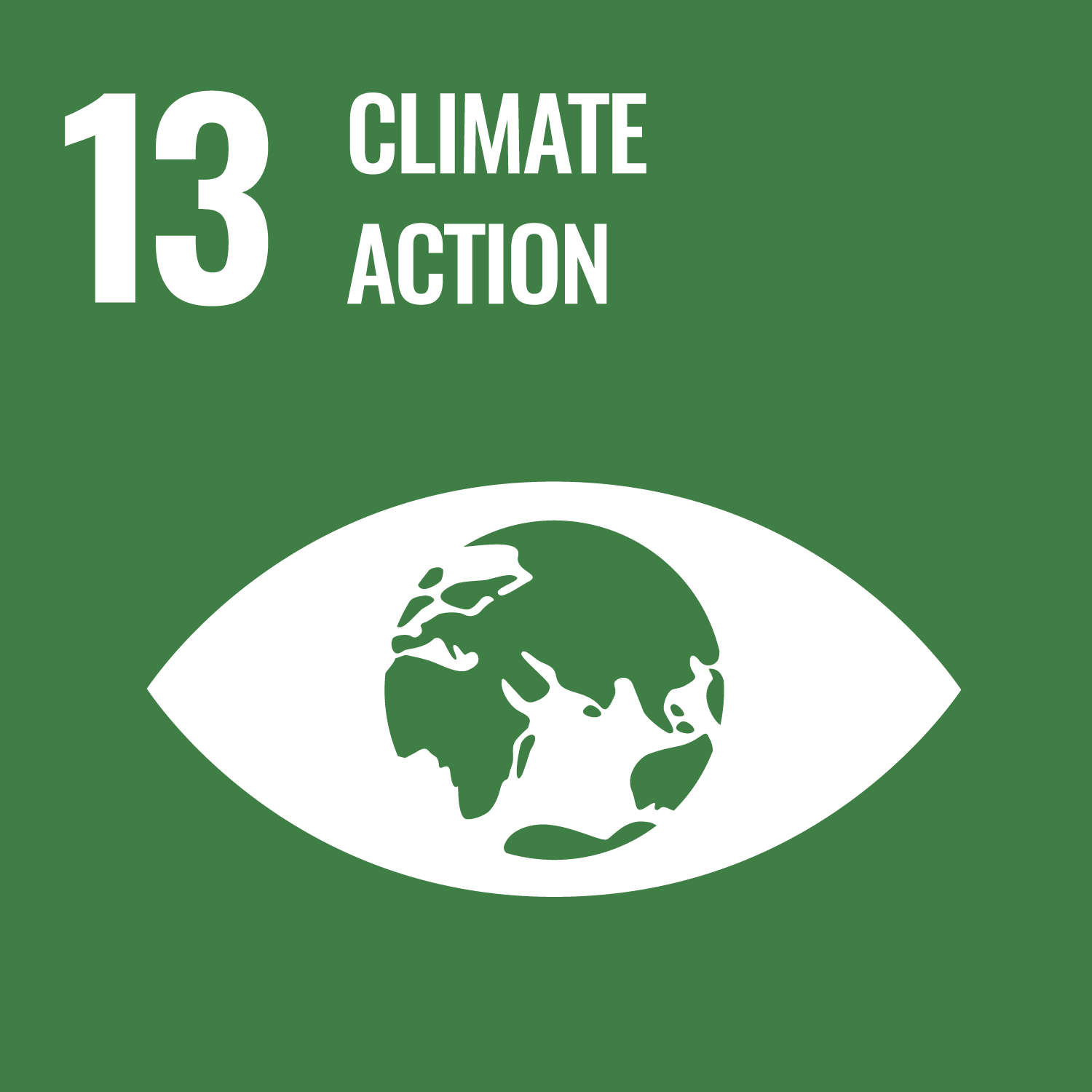I will be examining the current transport system that exists within Limerick, and trying to reduce the reliance of carbon heavy modes of transport within the city
For my campaign, I walked around Limerick City taking notice of the current transport system within the city. I noticed and became acutely aware of many things. The amount of on street parking, the transport modes being used, the location of bike racks, and their popularity etc. were all aspects of the city’s transport system that I became familiar with. I also noticed that there were way more Coca Cola bikeshare dock stations than I had realised, and I began to notice Go Cars as well.
I was struck by the volume of vehicles that travel through the city. The quantity of HGVs. I researched the dangers of this which are fairly significant, not only from an air pollution standpoint, but for people too, especially children.
I tried out an e-bike for the first time. My mom bought one under the ‘bike to-work scheme’ and I decided that I would give it a go! I might start using it regularly in the near future, as there have been improvements to cycling infrastructure in my area (the segregated cycle lane on Dooradoyle road).
I downloaded a carbon footprint tracking app called ‘Capture’, the app takes into account aspects of one’s human behaviour - through looking into things like people’s diets, the transport mode/s of the user, electricity usage of the user as well etc. before providing a CO2 footprint score to the user. However, I did not use it as I wanted to focus only on transport.
For a Public Transport System to be successful, it must draw people from all levels of society, and be attractive to use, so it can be distinctive to that area and also good for tourism. For example, Belfast’s new Gliders fit that unique aesthetic importance I alluded to when I mentioned the importance of having an attractive Public Transport System. I think that these Gliders as well as a trackless tram would work well in Limerick.
There are three new hydrogen buses being tried out in Dublin and I learned that there are different forms of hydrogen gas – green/clean hydrogen is from renewable energy and blue hydrogen is from fossil fuel.
I made a submission to the Limerick Development Plan (LDP) under the Sustainable Mobility & Transport; Infrastructure; Settlement Strategy; and Environment, Heritage, Landscape; and Green Infrastructure sections. I spent a good few hours working on it as the LDP is so important in planning how the city will change.
Having observed transport in Limerick as a Positive Energy Champion, here’s what I’d like to see happen:
- More segregated cycle lanes throughout Limerick, particularly in built up areas and suburbs, to allow more people to cycle.
- The 50% reduction in price for students aged 18-23 on public transport in Ireland, combined with a more reliable bus service would create a viable low-carbon commuting option for students. This, combined with designated bus corridors and signal priority at junctions and at roundabouts would encourage greater use of the service.
- A greater focus on micro mobility– regular bikes and e-scooters, e-bikes, cargo bikes etc.
- The electrification or the use of less carbon heavy methods of transport (e.g. hybrid buses).
- An increase in electric charging points, and faster charging points, as well as green hydrogen use. The electrification of Limerick’s taxi/hackney services. Incentives (I.e. grants) for taxi drivers to have an electric car conversion (to switch diesel or petroleum engines to electric powered battery operated).
- Fines for cars idling over a certain amount of time and a ban on HGVs in Limerick city centre will improve Limerick’s air quality. This would also relieve congestion and be better from a visual, and air quality perspective too.
- A reduction in on-street car parking spots in Limerick City, or a ban on parking in certain spots during rush hour
- A reduction of speed limits in built-up areas. I think a reduction of speed limits in built-up areas to a max of 25 km/hour would be great for helping our aim towards carbon neutrality. 25 km/hour is the likely max speed that e-scooters will be allowed to travel at, under new legislation, due to become law before the end of the year. Cars wouldn’t be allowed to overtake e-scooters unless they were going less than 25 km/hr, this would not only make it safer, but it would also encourage users to use this micro-mobility mode of transport in built up areas. Many European cities have reduced speed limits in urban areas to 30 km/hr, most recently in Paris. Wales also recently decided to bring in law soon for the speed limit to be reduced to 20 mph in residential areas, and Glasgow is to reduce the speed limit to 20 mph for most of Glasgow’s roads.
I plan to study to become a town or city planner and I will continue my activism with Extinction Rebellion to achieve climate justice for all.




